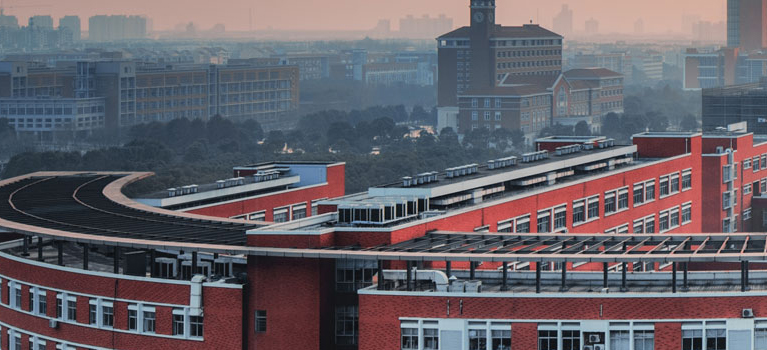搜索


Haifeng Chen’s group from School of Life Science and Technology (SJTU) has recently published an article named “Phosphorylation Modification Force Field FB18CMAP Improving Conformation Sampling of Phosphoprotein” on J. Chem. Inf. Model. (Figure 1). The research proposed a new set of precise force field parameters for investigating phosphoproteins’ functions. Ge Song, an undergraduate from School of Life Science and Technology (SJTU), is the first author, Professor Haifeng Chen from School of Life Science and Technology (SJTU) is the corresponding author, Department of Bioinformatics and Biostatistics, School of Life Science and Technology (SJTU) is the first corresponding affiliation of the article.
.png)
Figure 1. Information of Publication Online
Phosphorylation of proteins plays a key regulatory role at almost all levels of cellular organization. Molecular dynamics (MD) simulation is a promising tool to reveal the mechanism of how phosphorylation regulates many key biological processes at the atomistic level. The accuracy of MD simulation depends on the precision of force field, while the current force fields for phospho-amino acids have resulted in notable inconsistency with experimental data.
Here, a new force field parameter (named FB18CMAP) is generated by fitting against quantum mechanics (QM) energy in aqueous solution with φ/ψ dihedral potential-energy surfaces optimized using CMAP parameters. The results of MD simulation for phosphorylated dipeptides, intrinsically disordered proteins (IDPs), and ordered (folded) proteins show that FB18CMAP can better reproduce NMR observables than the FB18 force field (Figure 2). These findings suggest that FB18CMAP performs well in both the simulation of ordered and disordered states for phosphorylated proteins.
.png)
Figure 2. Performance of FB18 and FB18CMAP in Simulation of Phospho-dipeptides and Phosphoproteins
This work was supported by the Center for HPC at Shanghai Jiao Tong University and the National Natural Science Foundation of China (nos. 32171242 and 21977068) and the National Key Research and Development Program of China (no. 2020YFA0907700).



 首页
首页

 学院概况
学院概况

 师资队伍
师资队伍

 人才培养
人才培养

 招生就业
招生就业

 科学研究
科学研究

 平台基地
平台基地

 党群工作
党群工作

 校友之家
校友之家

 安全工作
安全工作

 网上办事
网上办事
 当前位置:
当前位置: